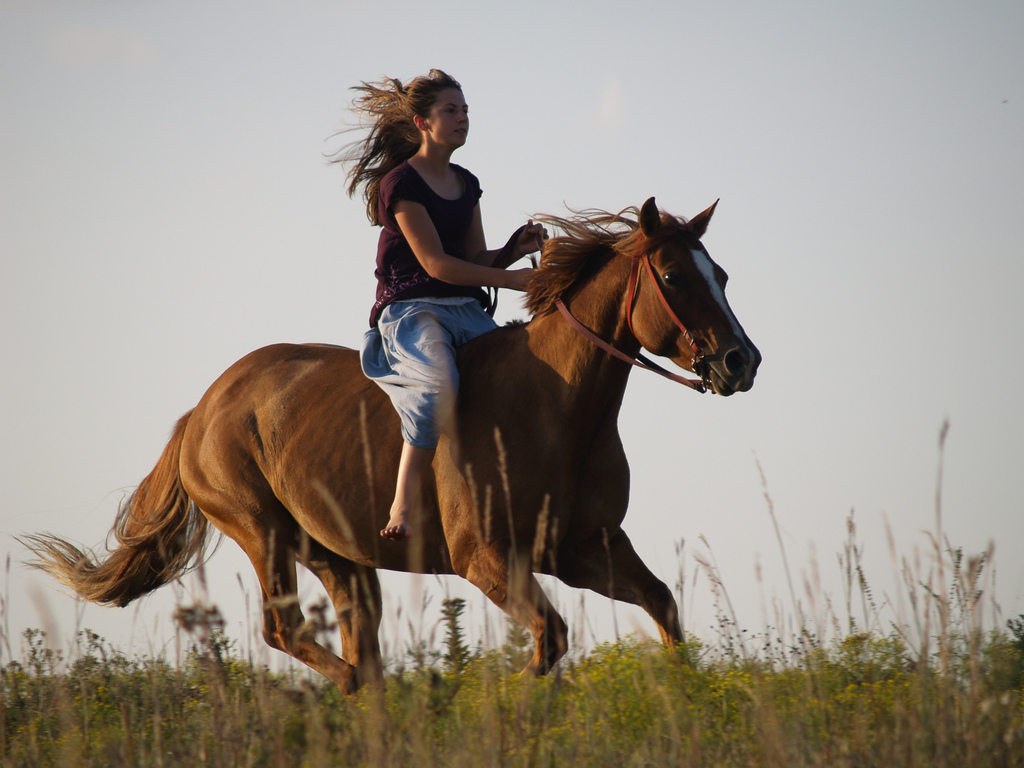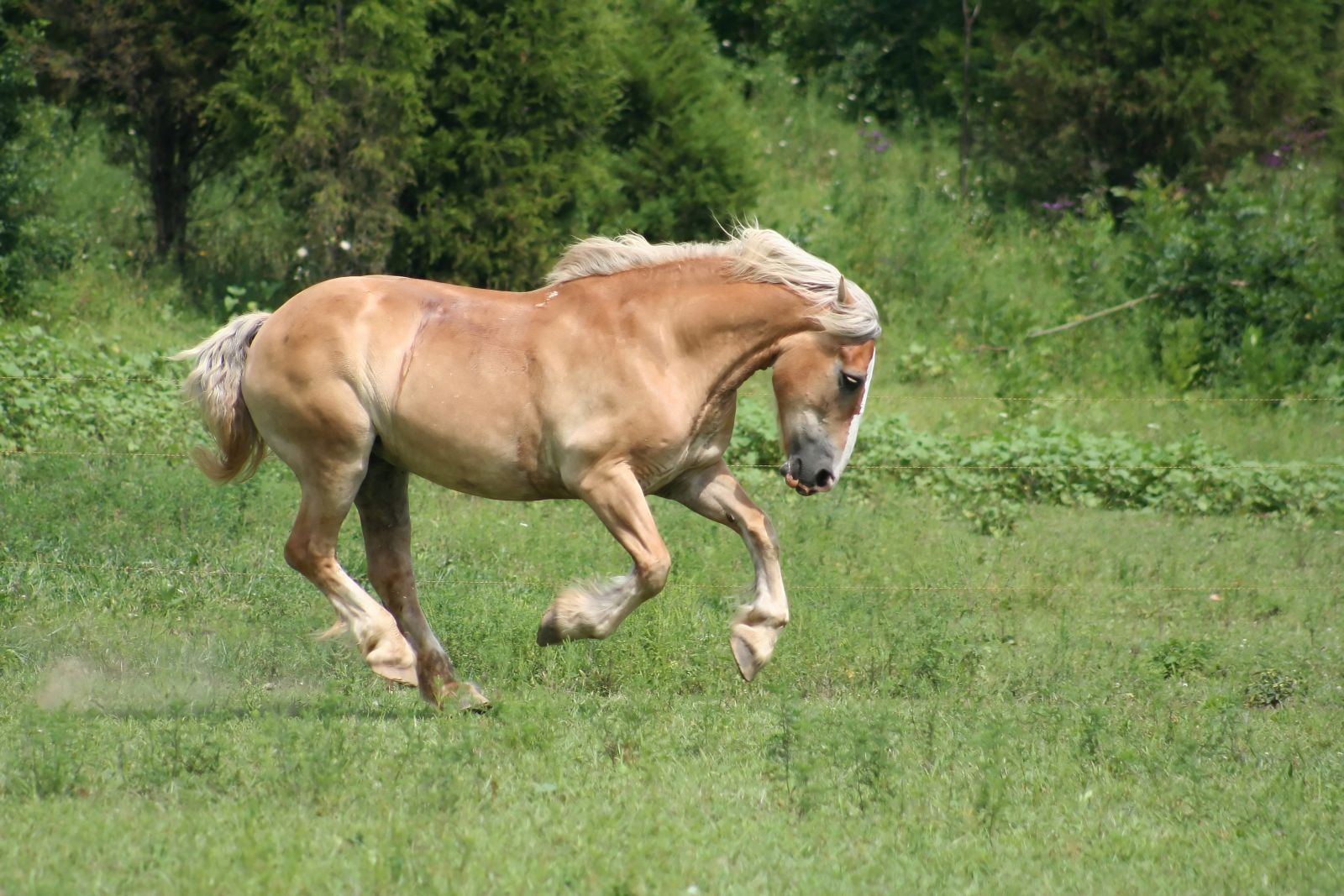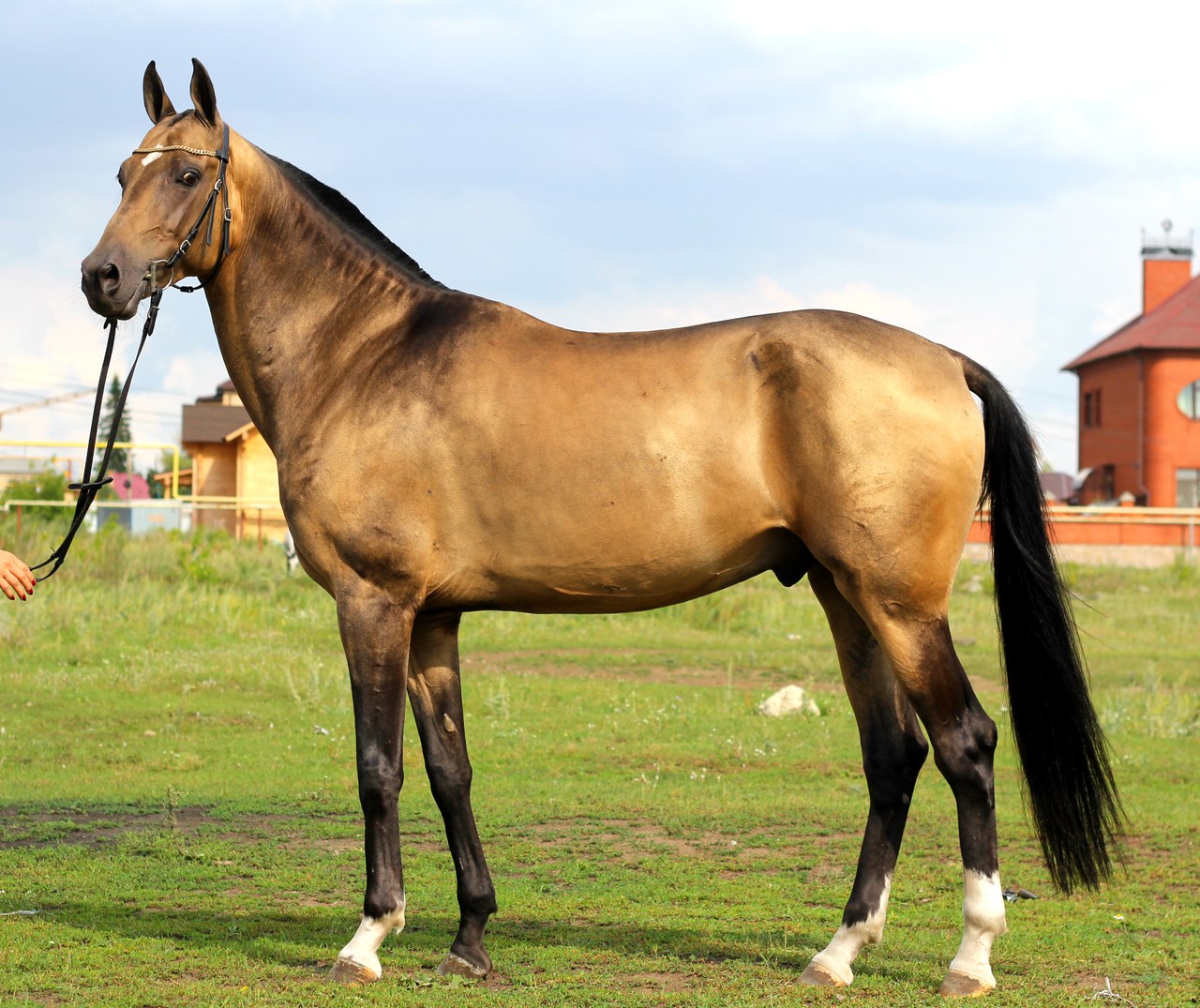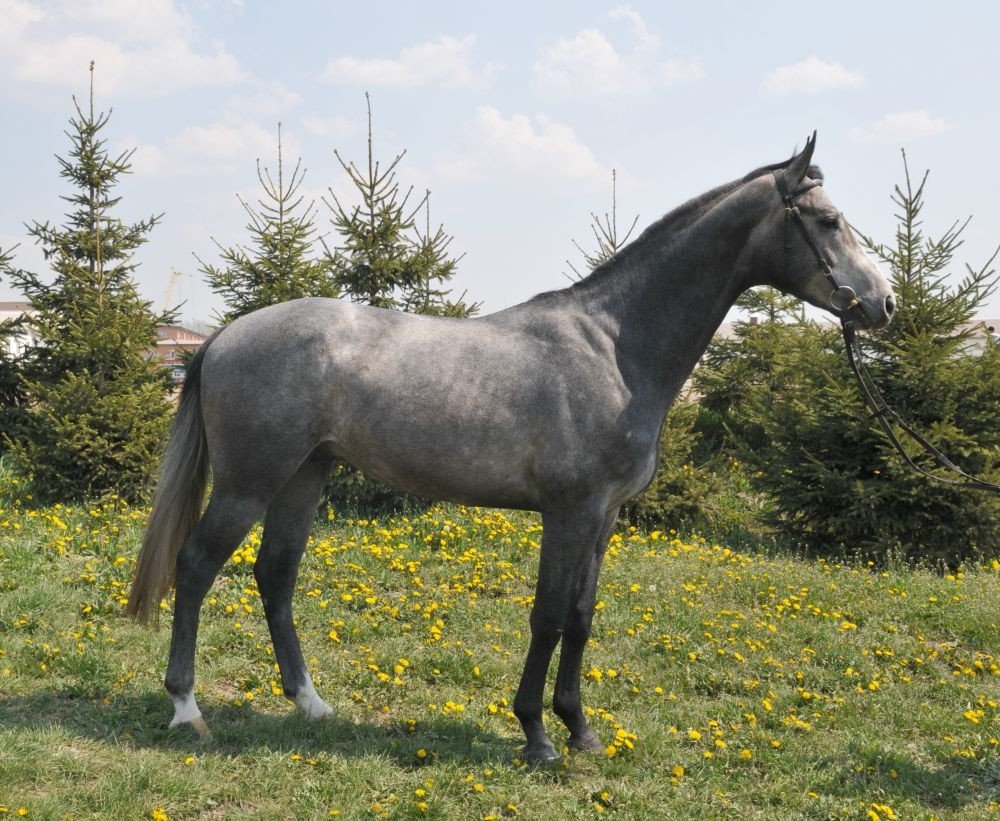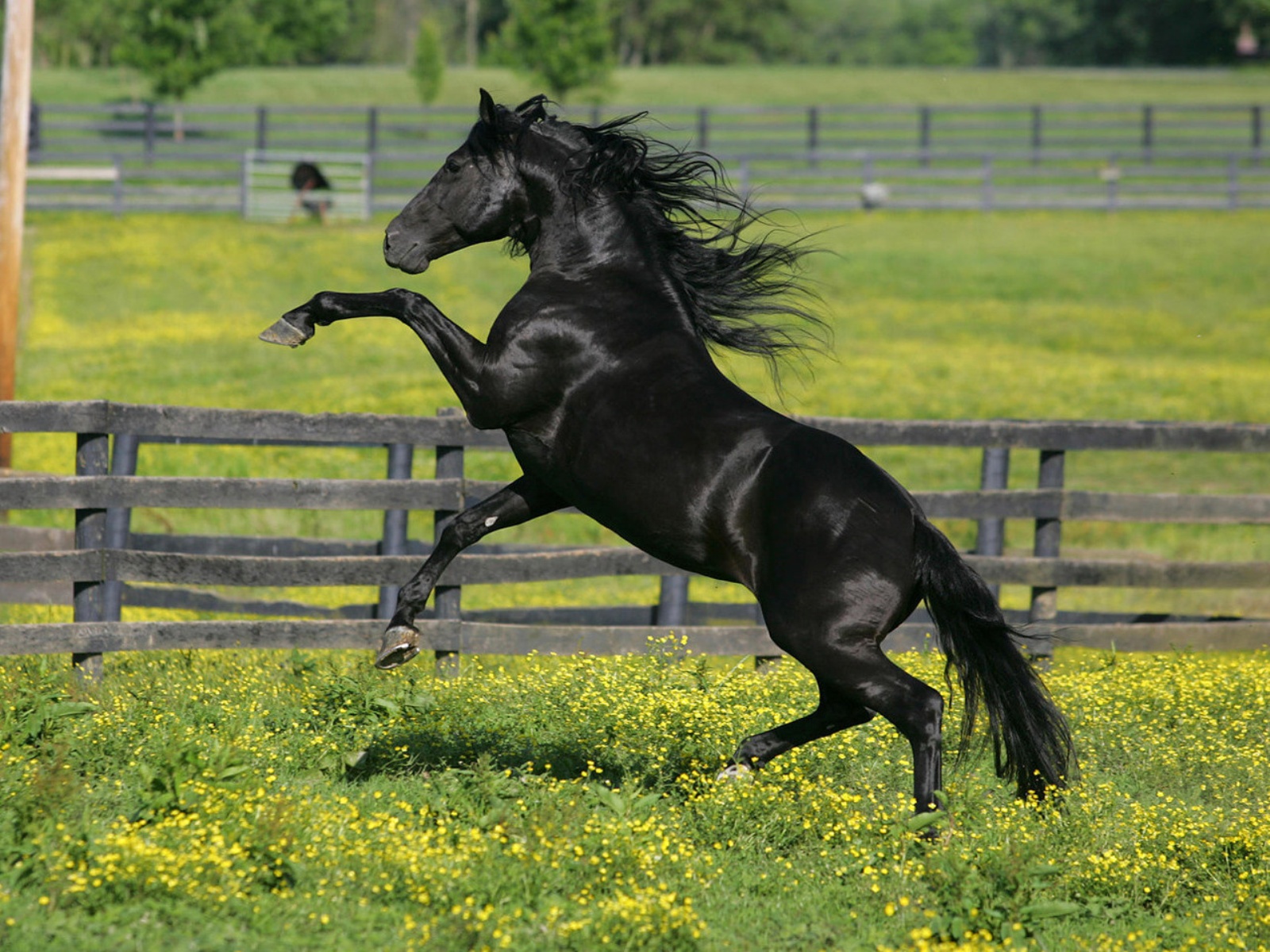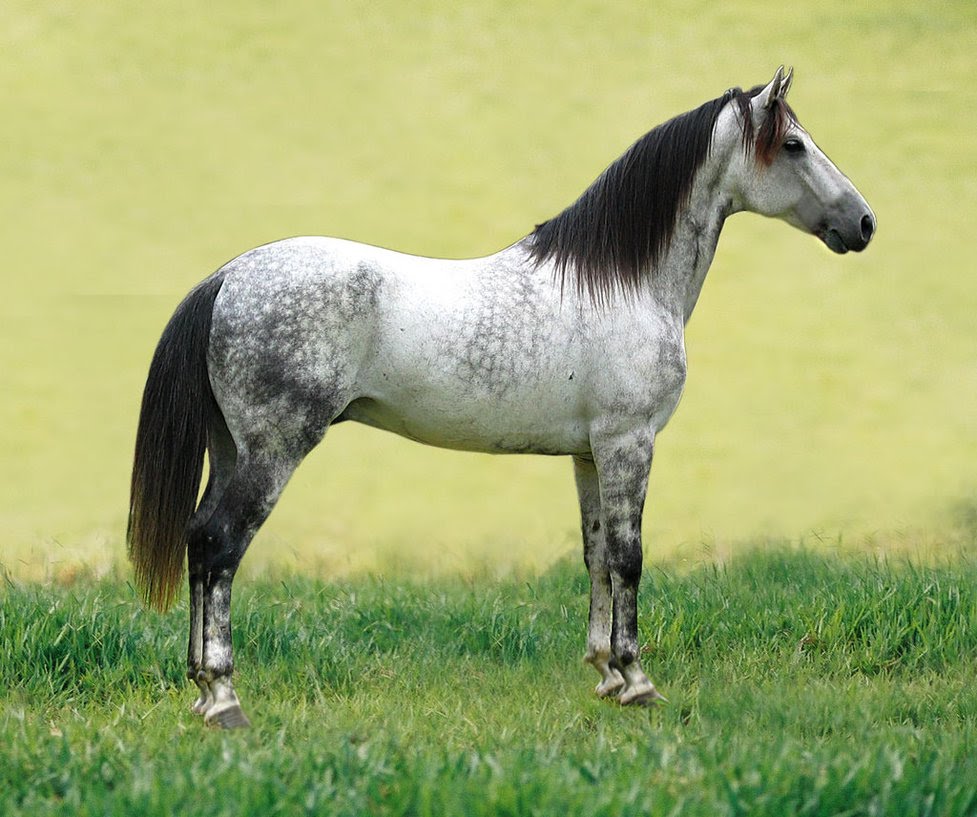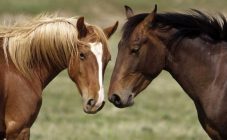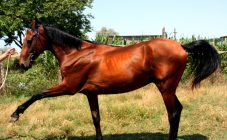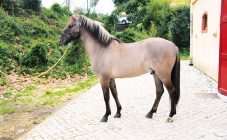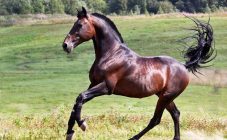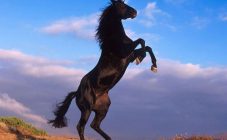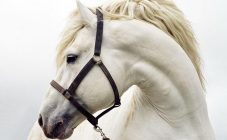Content:
The horse is an amazing creation of nature; it fascinates with its gracefulness, majesty and aristocracy. There are a large number of colors, but the article will focus on the dun horse, which today is on the verge of extinction. It comes from a bay suit, but it is characterized by a lighter color.
Bucky horse: description
The colors of the horses can be different: yellow-sand, golden or gray, the mane and tail have a contrasting black color. Thanks to this combination of shades, it is possible to emphasize all the advantages of a gallant horse. The growth of a horse can vary from 1.47 m to 1.63 m.A horse breed has the following distinctive features:
- eye color can vary from hazel to rich amber;
- has a uniform body and head color (the most common are cognac, golden, light sandy and yellow-white);
- gray skin;
- the hairs of the legs are colored black (hind legs - up to the hock, and the front - up to the wrist).
Bucky horses are a rare phenomenon, they are incredibly expensive, and they need thorough care. Racers with characteristic black spots along the spine have a "wild" gene. He does not spoil the suit, on the contrary, it indicates a pronounced natural beginning of the species. You can also find such horses with brown limbs. This is due to the presence of a gene, but another. It has the ability to lighten tones.
Splitting into marks
Buck horse, what color is that? In general, the suit is so extensive that today you can count a large number of offcuts. Below are the main names of colors and their features.
Gray horse suit
It is characterized by its unusual silvery color. Small foals are difficult to distinguish from the gray suit. This is due to the fact that the silvery-yellowish tint begins to prevail somewhat later. The gray horse has the most submissive disposition.
Chagra horse
It stands out among all the tailings of the Buck Horse. A characteristic feature of such horses is the presence of unusual patterns on the body. This can be explained by the uneven distribution of black hair over the body, namely: on the back, sides, shoulders, along the crest, shoulder blades and muzzle. A large amount of blond hair is found on the limbs. Thanks to this combination of shades, the pattern on the body is clearly visible.
Dark Buck Horse
It is characterized by a brownish-yellow or dark brown color (no reddish tint). Quite often, black spots can be seen on the body of representatives of this shading.
Light dun suit
This suit, in turn, is also subdivided into several colors, from cream to light sand. In the first case, it is important not to confuse the cream color of the dun suit from the isabella one. A distinctive feature that allows you to establish the authenticity of the suit is the presence of a black, like coal, mane and tail.
Golden Buck Horse
She cannot help but be striking, unusual, rather even fabulous color. There is a characteristic golden tint on the corpus luteum.
They also talk about the existence of a buckwheat horse - when its entire body is covered with numerous brown spots of small size.
Origin story
The Buck Horse belongs to aristocratic animals. This is due to the unusual light gray color, which has always attributed the animal to the "noble". From English, the dun suit of a horse is translated as "deer skin". However, this horse color is not the only one.
The origin of the suit remains a mystery to this day. There is no information about the place and time of origin of the species. But in some historical writings it is noted that in Parthia the horses had an exclusively yellow color.
The first facts about the animal appeared in the 16th century, when new exotic representatives of horses appeared in Europe: salt and bucks. It is at this stage that the formation of that very aristocracy takes place, the nobility used only them.
Temper and behavior
Even centuries ago, they tried to determine the character and behavior of a horse by the suit of a horse. Black horses were considered uncontrollable aggressors, red horses unbalanced and capricious, and bay ones obedient and hardy. Equestrian sports adhere to these principles even today. But experts are convinced that the color of the horse has nothing to do with its temperament.
Bucky horses can be quite capricious at times, it is not so easy to find a common language with them. But if a person falls in love with a horse, she will allow him to train herself.
Features of care and feeding
The life span of a dun horse rarely exceeds 30 years. Balanced high-quality nutrition, proper care and regular check-ups by a veterinarian will significantly extend the life of a horse.
Nutrition
A horse's diet every day should include the following list of foods:
- wheat and rye;
- potatoes, carrots, beets and apples;
- pure water;
- legumes;
- hay, oats and straw.
When feeding a pet, you should pay attention to several important rules:
- Before each meal, the animal should drink the desired amount of water. On hot days, the recommended amount is 50 liters, in winter it is limited to 30 liters;
- It is recommended to feed the horses frequently, but in small portions. An excess of calories leads to malfunctions of the digestive system, stomach and intestinal colic;
- The diet should be varied. The composition of the products should include a high concentration of fiber, vitamins, macro- and microelements.
You should refrain from eating if physical activity is expected in the near future.
Cleaning
Due to regular cleaning, it is possible to minimize the likelihood of damage to the skin of animals by pathogenic and pathogenic microorganisms, and it also makes the coat shine and clean. Cleaning must be done daily.
Cleaning is carried out in stages. A lot of attention should be paid to the hooves, removing all impurities. Then, using a rubber brush, you need to go all over the body. The brush is moved in a circular motion against hair growth. Weak spots such as along the spine, legs and bones should be avoided. Using a soft brush, remove dirt from the nose, ears, face and eyes. It is worth carefully treating the areas where the short hair is located. It is necessary to have combs for the mane and tail, preferably different. The hair should be free of dirt and any foreign objects.
This is a unique color that is famous for its beauty and grace. Keeping a horse is not easy, and its cost is high.
